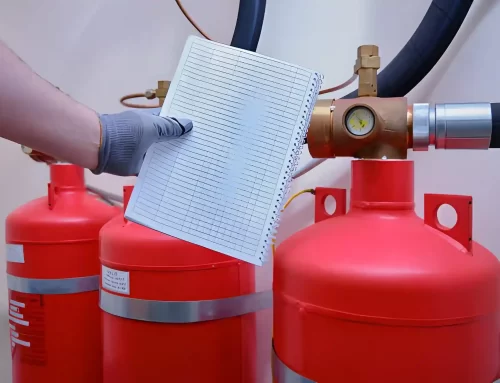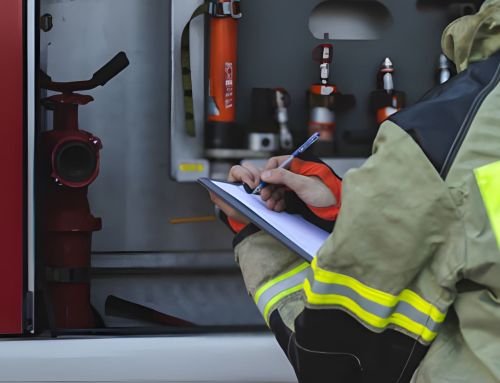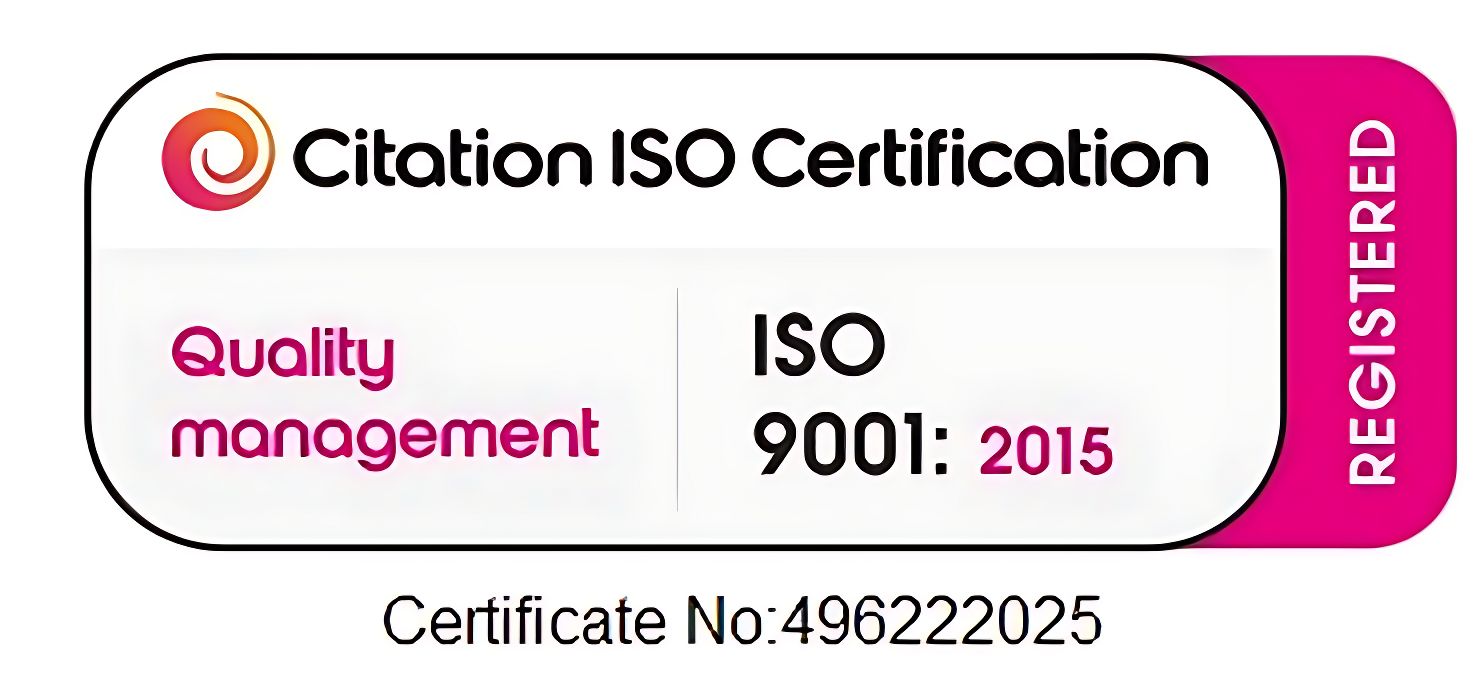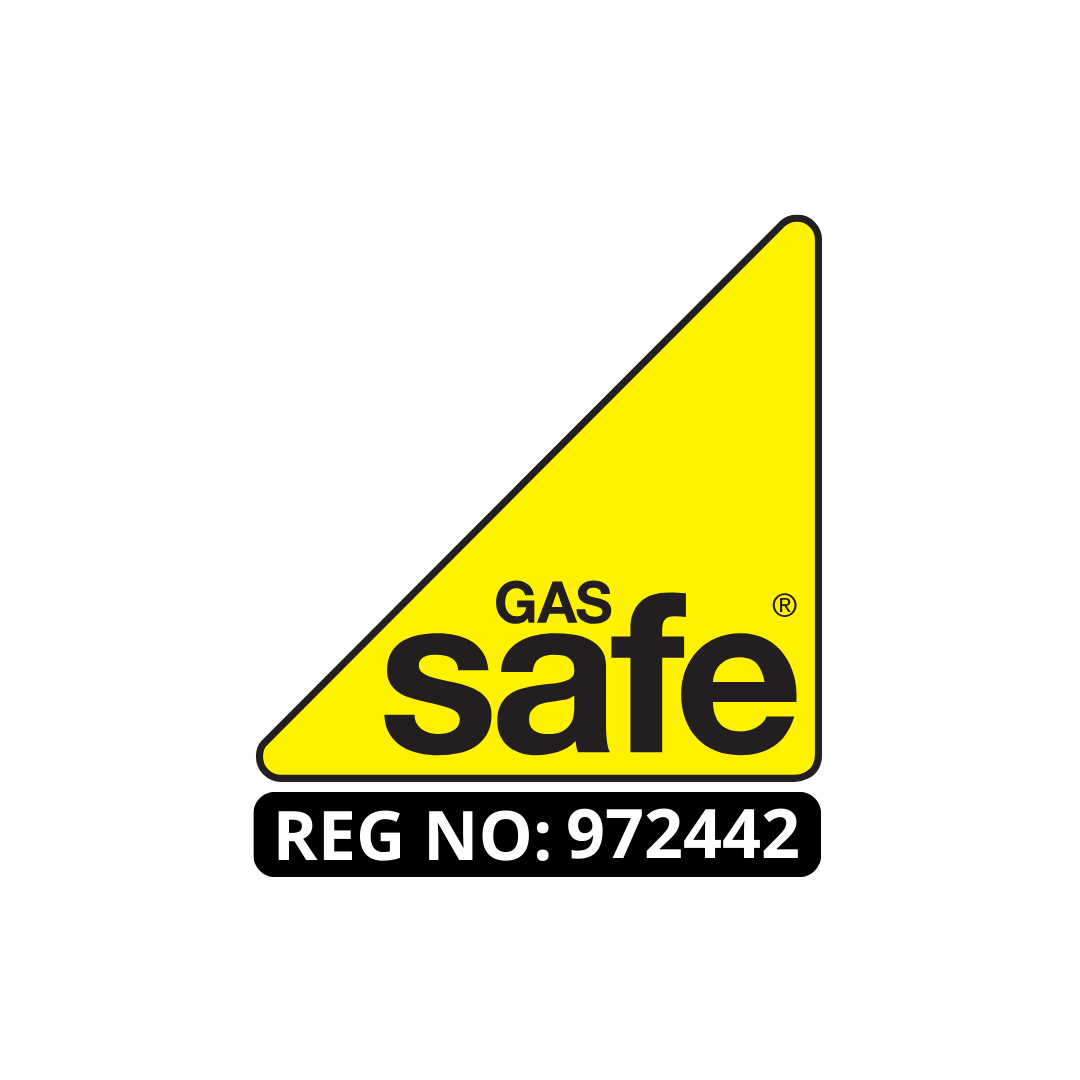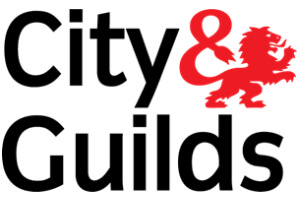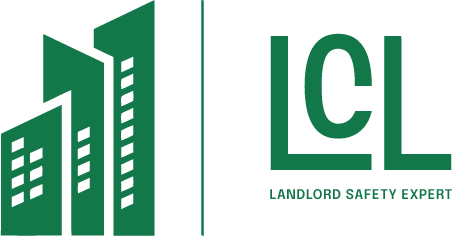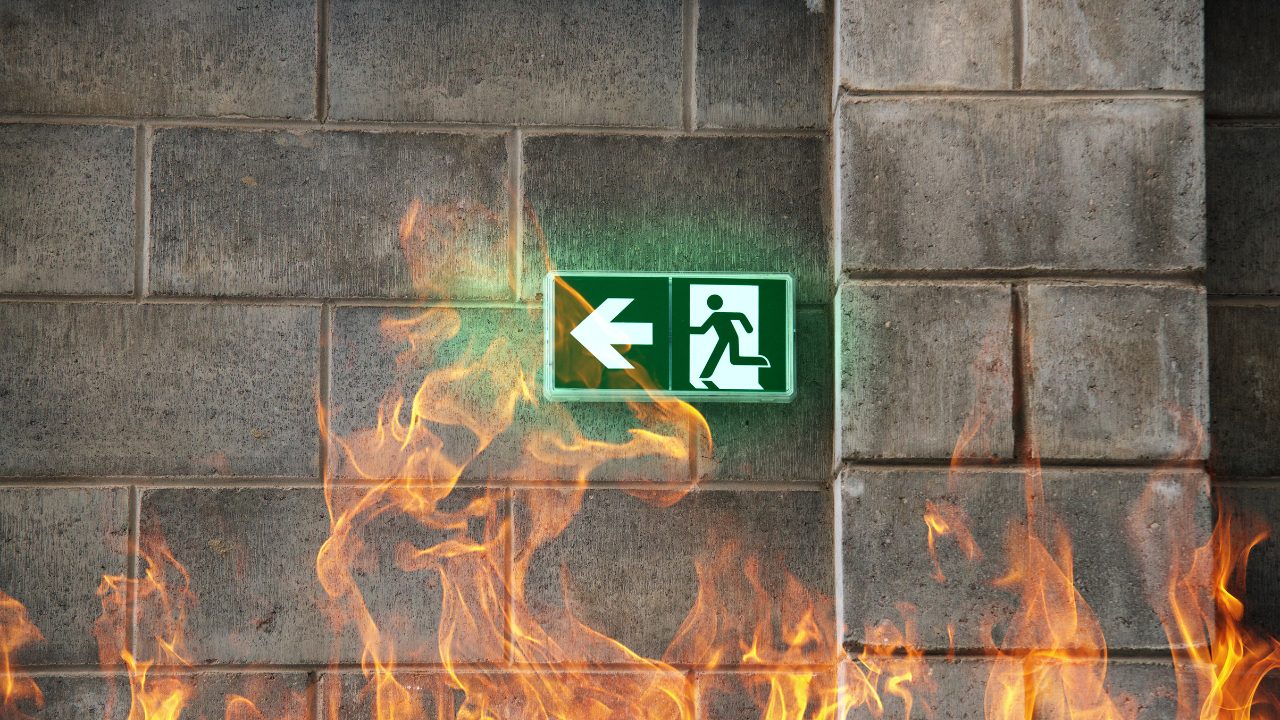
Fire and safety risk assessment is an essential practice for ensuring the protection of individuals and property. This innovative method determines risks and assesses risks associated with fire incidents. Understanding the importance of these assessments can empower organisations and communities. However, many remain unaware of the legal requirements and best practices involved. Exploring these elements reveals the depth of responsibility required for effective fire safety management. What lies beneath the surface of these assessments may surprise many.
Key Takeaways
- Conduct regular fire risk assessments to recognise threats and ensure compliance with legal obligations under the Regulatory Reform (Fire Safety) Order 2005.
- Evaluate building design, occupancy, and safety measures to create tailored strategies for fire prevention and risk reduction.
- Educate staff and stakeholders on common fire threats and proper emergency response procedures to enhance overall safety awareness.
- Invest in essential fire safety equipment, such as extinguishers and smoke alarms, to improve preparedness and response to incidents.
- Foster community engagement and responsibility by promoting collaboration and sharing safety resources to strengthen resilience against fire risks.
Understanding Fire and Safety Risk Assessment
Although fire and safety risk assessment may seem straightforward, it involves a complex process aimed at spotting dangers and evaluating the risks associated with them. This systematic approach requires thorough inspections and analyses, focusing on various elements such as building design, occupancy, and available safety measures.
Assessors must consider factors like ignition sources, combustible materials, and the effectiveness of existing fire prevention systems.
In this pursuit of safety, individuals are empowered to take control of their environments. By recognising vulnerabilities, they can develop tailored strategies to alleviate risks, fostering a sense of freedom and security.
The assessment also emphasises collaboration among stakeholders, ensuring that everyone plays a role in maintaining a safe space. Ultimately, understanding fire and safety risk assessment not only protects people and property but also cultivates a culture of awareness and responsibility, allowing individuals to navigate their environments with confidence and autonomy.
Why Fire and Safety Risk Assessments Are Essential
Fire and safety risk assessments are essential because they provide a structured framework for analysing and reducing dangers that could lead to disastrous consequences.
By proactively addressing dangers, organisations can safeguard not only their property but also the lives of individuals who inhabit or work within those spaces.
The emotional weight of these assessments cannot be overstated, as they serve as a beacon of hope and security.
- Protecting loved ones from harm
- Preserving cherished memories and possessions
- Ensuring a safe environment for freedom of movement
- Promote the culture of awareness and responsibility
- Empowering individuals to take control of their safety
In a world where unpredictability is ever-present, fire and safety risk assessments offer peace of mind, allowing individuals to pursue their lives with confidence and assurance.
Legal Duties and Compliance in the UK
In the UK, organisations must operate in a complex landscape of legal duties and compliance requirements regarding fire safety. The Regulatory Reform (Fire Safety) Order 2005 places the onus on employers and responsible persons to guarantee the safety of all individuals within their premises.
This includes conducting regular landlord fire risk assessments, implementing adequate preventive measures, and maintaining clear evacuation plans.
Failure to comply can lead to severe penalties, including fines and imprisonment. In addition, organisations must keep abreast of local fire safety legislation and standards, making sure that they adapt their practices to any changes.
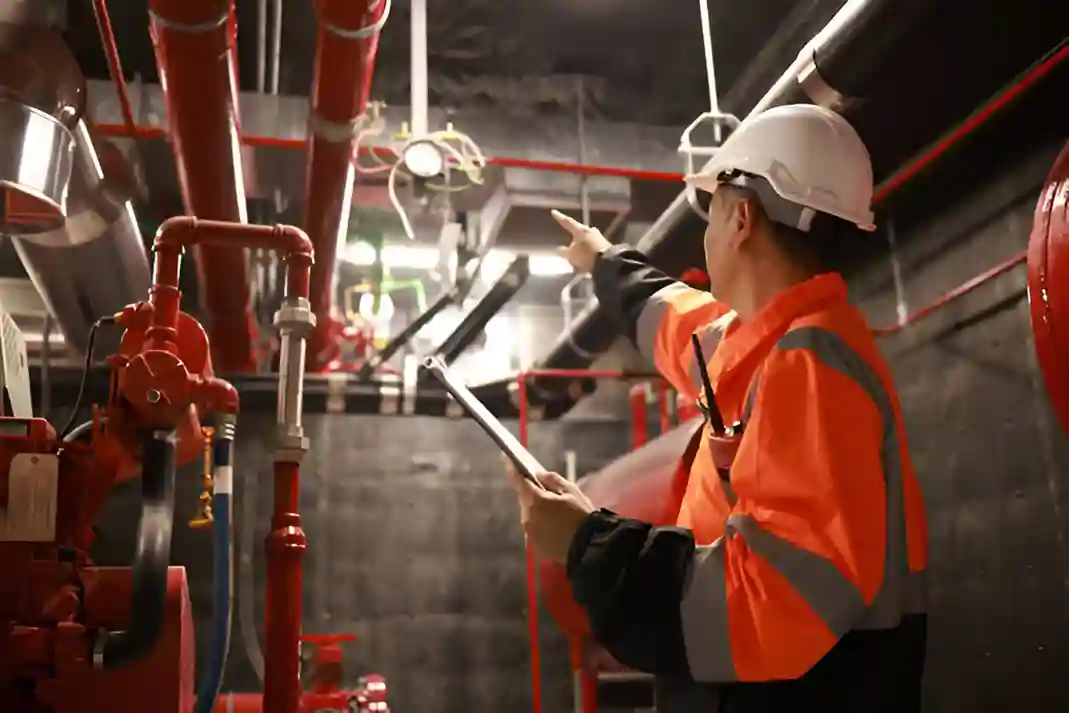
Who Needs a Fire and Safety Risk Assessment?
Every organisation that employs staff or welcomes the public onto its premises is required to conduct a fire and safety risk assessment. This essential procedure not only guarantees compliance with legal obligations but also encourages safety and trust.
Businesses, schools, healthcare facilities, and community centres must recognise the importance of safeguarding lives and property.
- Protecting lives: Every individual deserves a safe environment.
- Preventing loss: Fire can devastate livelihoods and dreams.
- Building trust: A commitment to safety strengthens community bonds.
- Empowering freedom: A secure space allows creativity and productivity to flourish.
- Creating awareness: Knowledge of risks guarantees preparedness and resilience.
In fostering a safe environment, organisations embrace their responsibility to protect the freedoms and well-being of all individuals within their care.
A systematic method for fire and safety risk assessment is not just a legal requirement; it is an investment in the future.
The Step-by-Step Process of a Fire and Safety Risk Assessment
Conducting a thorough fire and safety risk assessment involves a systematic approach that guarantees all possible risks are determined and addressed.
The process typically begins with gathering information about the premises, including its layout and occupancy. Next, evaluate the possible fire dangers present, considering both equipment and materials that may contribute to fire risks.
Following this, review existing safety measures, such as fire alarms, extinguishers, and escape routes, to determine their effectiveness. Engage with employees or occupants to gain insights into their experiences and concerns regarding safety.
After determining risks and evaluating current protections, prioritise necessary actions to mitigate risks. This may involve recommending upgrades or changes in procedures.
Finally, document all findings and create an actionable plan for implementing improvements, ensuring that the evaluation remains a living document, revisited regularly to reflect any changes in the environment or operations.
Discovering Common Fire Risks in Workplaces and Buildings
While workplaces and buildings may vary in design and function, certain common fire dangers persist across many environments. Recognising these dangers is integral for fostering a safe and liberated atmosphere. The presence of such unsecure situations can threaten the freedom and well-being of all occupants.
Key fire threats include:
- Flammable materials: Excessive storage of combustible items can create a dangerous environment.
- Electrical issues: Faulty wiring or overloaded circuits pose significant fire risks.
- Blocked exits: Obstructed escape routes can hinder timely evacuation during an emergency.
- Improperly stored chemicals: Dangerous substances must be stored safely to prevent ignition.
- Neglected equipment: Machinery and appliances that are not properly maintained can become fire dangers.
Addressing these issues allows individuals to thrive without the shadow of danger, ensuring that safety complements their pursuit of freedom in their spaces.
Assessing the Safety of People at Risk
Evaluating the safety of individuals who may be at risk during a fire involves a thorough understanding of both the environment and the specific vulnerabilities present. Factors such as age, mobility, and medical conditions can greatly influence an individual’s ability to respond effectively in an emergency. Evaluators must recognise areas where individuals congregate and understand escape routes.
Moreover, it is essential to recognise that psychological factors can hinder decision-making in crises. People may panic or freeze, which can exacerbate danger. By considering these aspects, a detailed evaluation can inform strategies that prioritise human safety, emphasising the importance of awareness and preparedness.
Involving stakeholders, such as employees or residents, in safety discussions fosters a culture of vigilance, empowering individuals to take ownership of their safety.
Ultimately, an advanced approach to evaluating risk can create an environment where freedom from harm is not only a goal but a shared responsibility.
Key Measures to Reduce Fire and Safety Risks
Implementing key measures to reduce fire and safety risks requires an all-encompassing approach that encompasses prevention, preparedness, and response strategies.
By fostering a culture of safety, individuals and organisations can empower themselves to take proactive steps in safeguarding their freedom and property.
- Education and Training: Equip everyone with essential knowledge about fire threats and safety protocols.
- Regular Inspections: Conduct frequent assessments to discover risks before they escalate.
- Clear Emergency Plans: Develop and communicate effective evacuation strategies to guarantee swift response during crises.
- Community Engagement: Foster collaboration among community members to create a united front against fire risks.
- Accessible Resources: Confirm that information and safety tools are readily available to all, promoting a sense of security.
The Role of Fire Safety Equipment in Risk Assessments
Fire safety equipment serves as an essential component in effective risk assessments, providing essential tools to spot and alleviate unsafe conditions. By integrating various types of equipment, organisations can enhance their preparedness and response to fire incidents. This assessment process often includes evaluating the adequacy of fire extinguishers, alarms, and sprinklers, among other tools designed to protect lives and property.
| Equipment Type | Purpose | Maintenance Frequency |
|---|---|---|
| Fire Extinguishers | To suppress small fires | Monthly |
| Smoke Alarms | To detect smoke and alert occupants | Monthly |
| Sprinkler Systems | To control or extinguish fires | Annually |
| Fire Blankets | To smother flames on a person or object | As needed |
| Fire Hose Reels | To provide a water source for firefighting | Monthly |
Incorporating fire safety equipment into risk assessments empowers organisations to foster a culture of safety and readiness.
How Often Should a Fire and Safety Risk Assessment Be Carried Out?
How frequently should organisations conduct a fire and safety risk assessment to confirm ideal safety? The answer hinges on various factors, including the nature of the environment, changes in operations, and legal requirements.
Regular assessments are essential to maintain a safe space for individuals, reflecting a commitment to freedom and security.
- Confirms peace of mind for all occupants
- Protects cherished possessions and assets
- Fosters a culture of responsibility and vigilance
- Empowers employees with knowledge of safety protocols
- Helps in avoiding tragedies before they arise
Organisations are encouraged to review their risk assessments annually or whenever significant changes occur, such as renovations or new equipment.
By prioritising these evaluations, they not only comply with regulations but also cultivate an atmosphere where safety and freedom thrive harmoniously.
Regular assessments are an investment in a secure future, allowing individuals to live and work without fear.
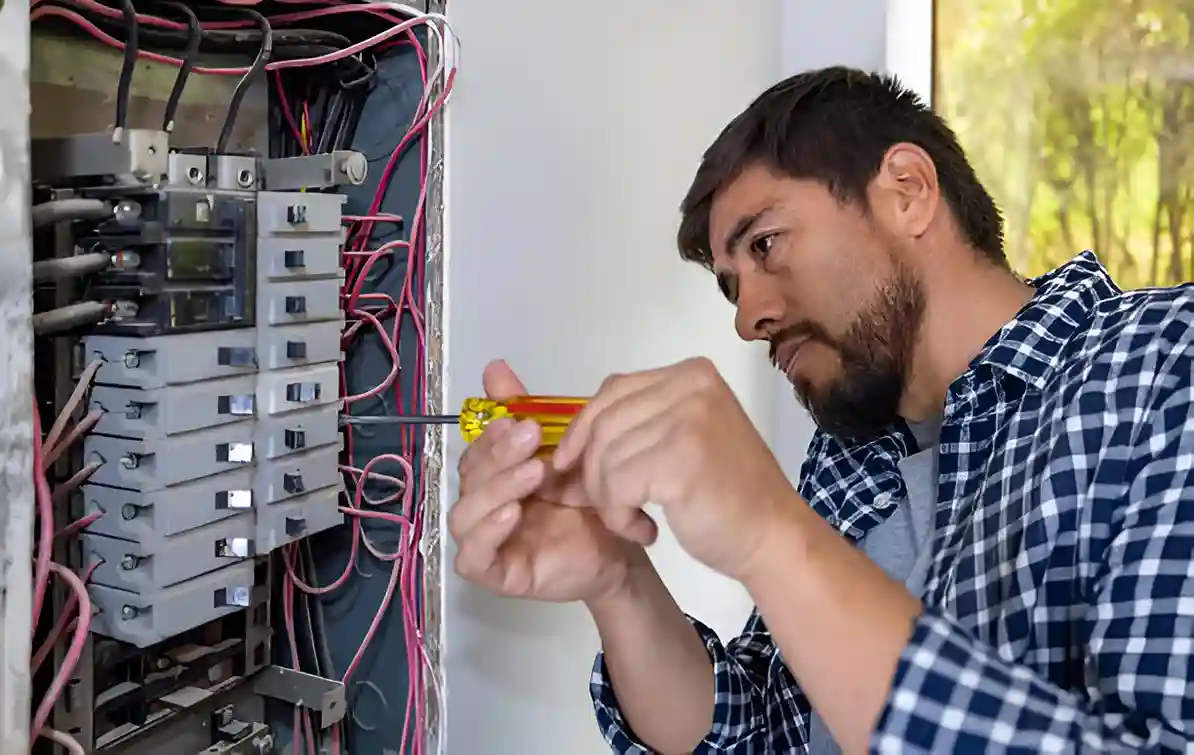
The Consequences of Neglecting Fire and Safety Risk Assessments
Neglecting fire and safety risk assessments can have severe repercussions for organisations and their stakeholders. The absence of regular evaluations can lead to a heightened risk of accidents and incidents, endangering lives and property.
In extreme cases, the fallout can result in catastrophic fires, injuries, or even fatalities, severely impacting the community and causing irreversible harm.
Furthermore, organisations may face legal consequences, including hefty fines and lawsuits from affected parties. This not only tarnishes reputations but also diminishes stakeholder trust, which can take years to rebuild.
Financial resources, which could have been allocated to growth and innovation, may instead be consumed by legal battles and crisis management.
Ultimately, neglecting these assessments undermines the very foundation of a safe workplace, restricting the freedom and well-being of employees and patrons alike.
Prioritising fire and safety risk assessments is essential for fostering a culture of safety and accountability within any organisation.
Cost of Fire and Safety Risk Assessment in the UK
The cost of fire and safety risk assessments in the UK can vary considerably depending on several factors, including the size of the organisation, the complexity of the premises, and the specific regulatory requirements applicable to different sectors.
Smaller businesses may incur lower costs, while larger organisations with intricate facilities might face higher expenses.
Investing in fire and safety risk assessments is essential for safeguarding lives and property.
This investment can lead to:
- A sense of security for employees and customers
- Protection of valuable assets and resources
- Compliance with legal obligations, reducing penalties
- Preservation of the organisation’s reputation
- Prevention of catastrophic losses that could devastate livelihoods
Ultimately, the cost of these assessments should be viewed as a proactive step towards ensuring a safer environment, promoting freedom from fear and uncertainty.
Frequently Asked Questions
A fire safety assessor should possess relevant certifications, such as NEBOSH or IFE qualifications, extensive knowledge of fire regulations, practical experience in risk assessment, and strong analytical skills to effectively evaluate and lessen fire threats.
Certain industries, such as healthcare, manufacturing, and hospitality, possess unique fire safety requirements. These sectors face distinct dangers and regulations, necessitating tailored assessments to guarantee compliance and effectively safeguard individuals and property from fire threats.
Employees can actively participate in fire safety assessments by determining risks, reporting unsafe conditions, suggesting improvements, participating in drills, and sharing experiences. Their insights foster a culture of safety and enhance overall workplace fire preparedness.
Signs of an inadequate fire safety assessment include overlooked threats, insufficient evacuation plans, lack of employee training, outdated equipment, and failure to comply with regulations. These deficiencies can jeopardise safety and compromise property protection.
Technology can enhance fire safety risk assessments by utilising advanced data analytics, real-time monitoring systems, and predictive modelling. These innovations enable more accurate evaluations, timely interventions, and informed decision-making, ultimately fostering a safer environment for all individuals.
Conclusion
To summarise, fire and safety risk assessments are crucial for safeguarding individuals and properties from possible risks. By understanding and implementing these assessments, organisations can guarantee compliance with legal obligations while fostering a culture of safety. Regular evaluations not only enhance community resilience but also promote awareness and responsibility among occupants. Ultimately, prioritising fire and safety risk assessments is imperative for preventing disasters and protecting lives, making it an indispensable practice in any environment.


